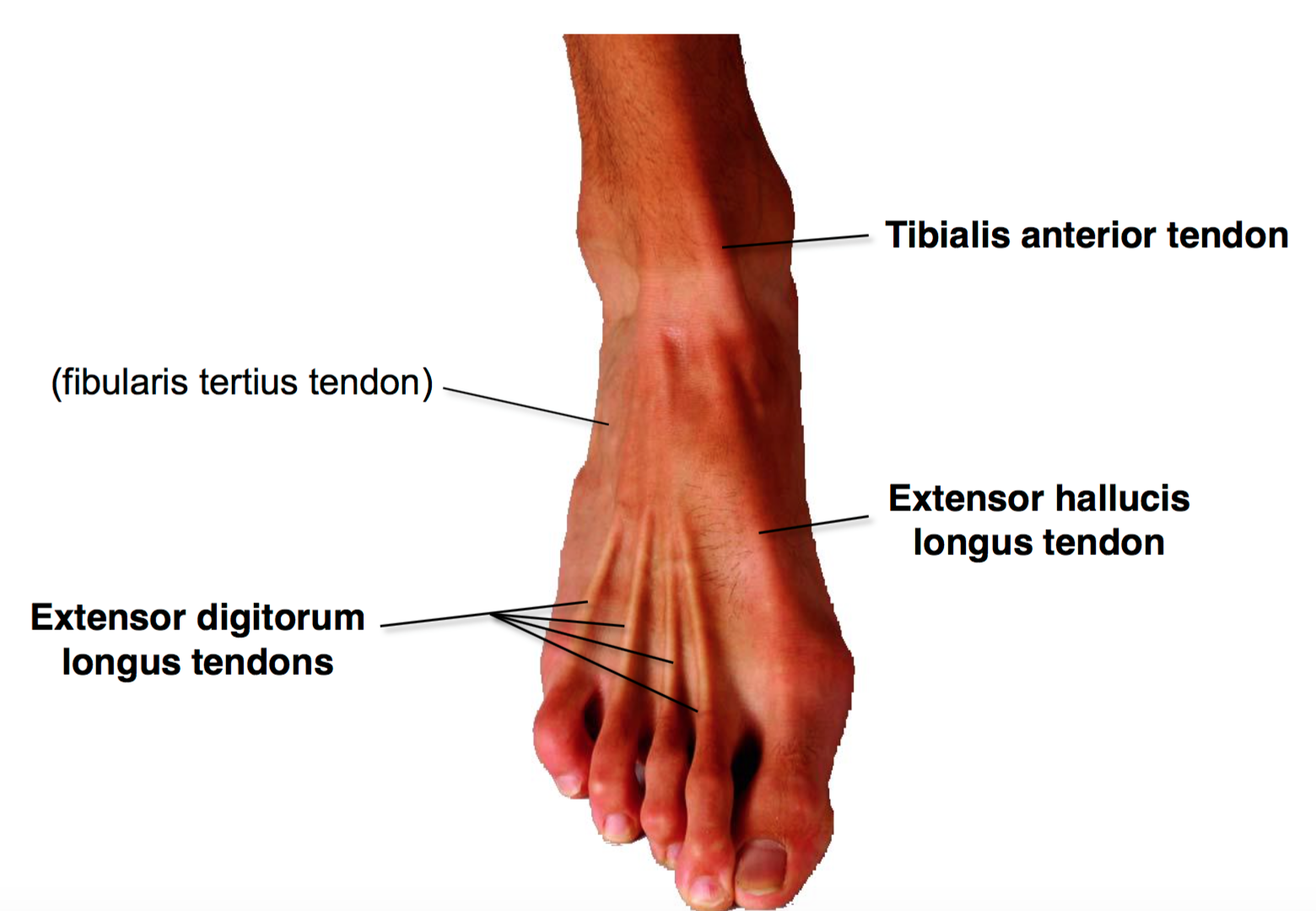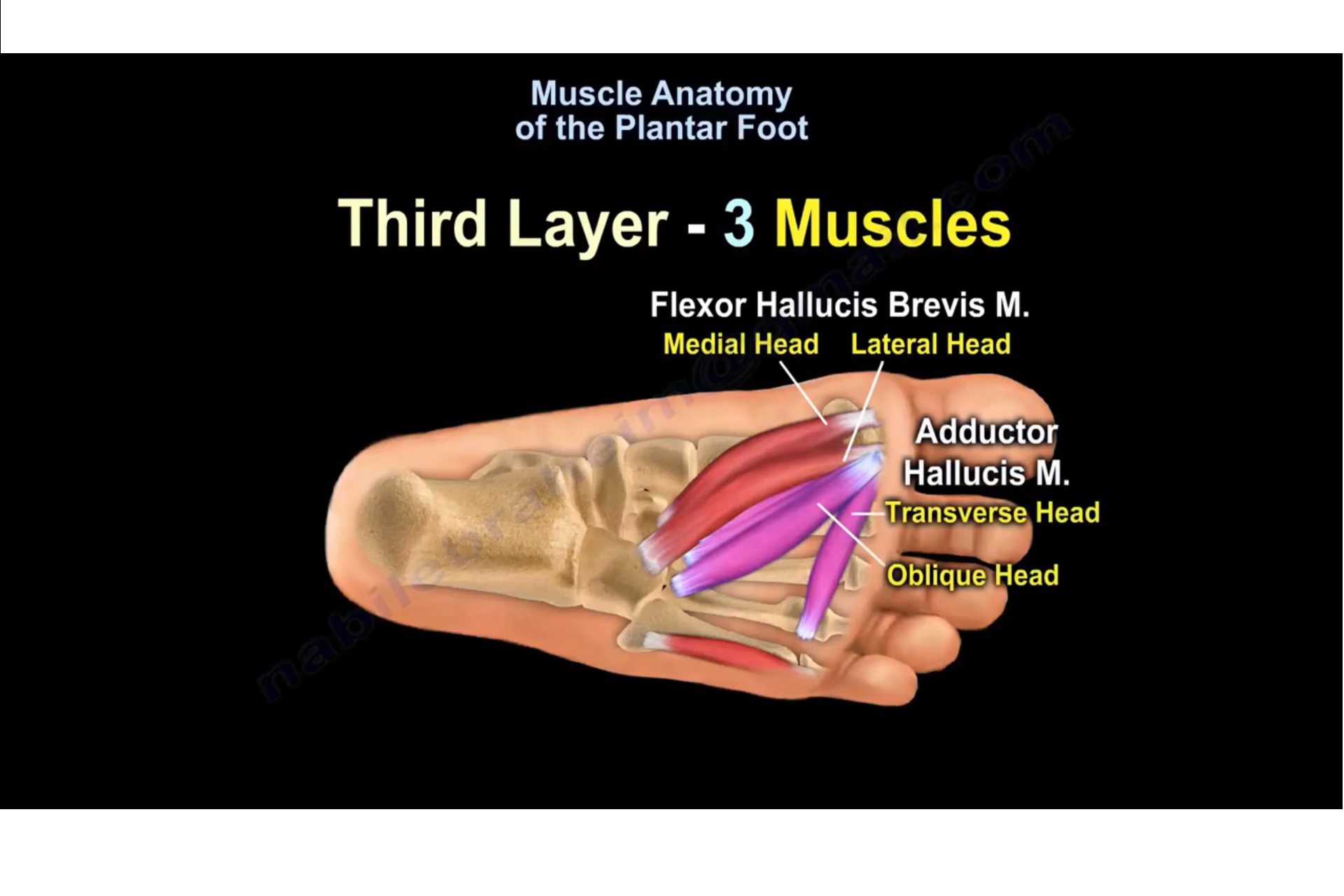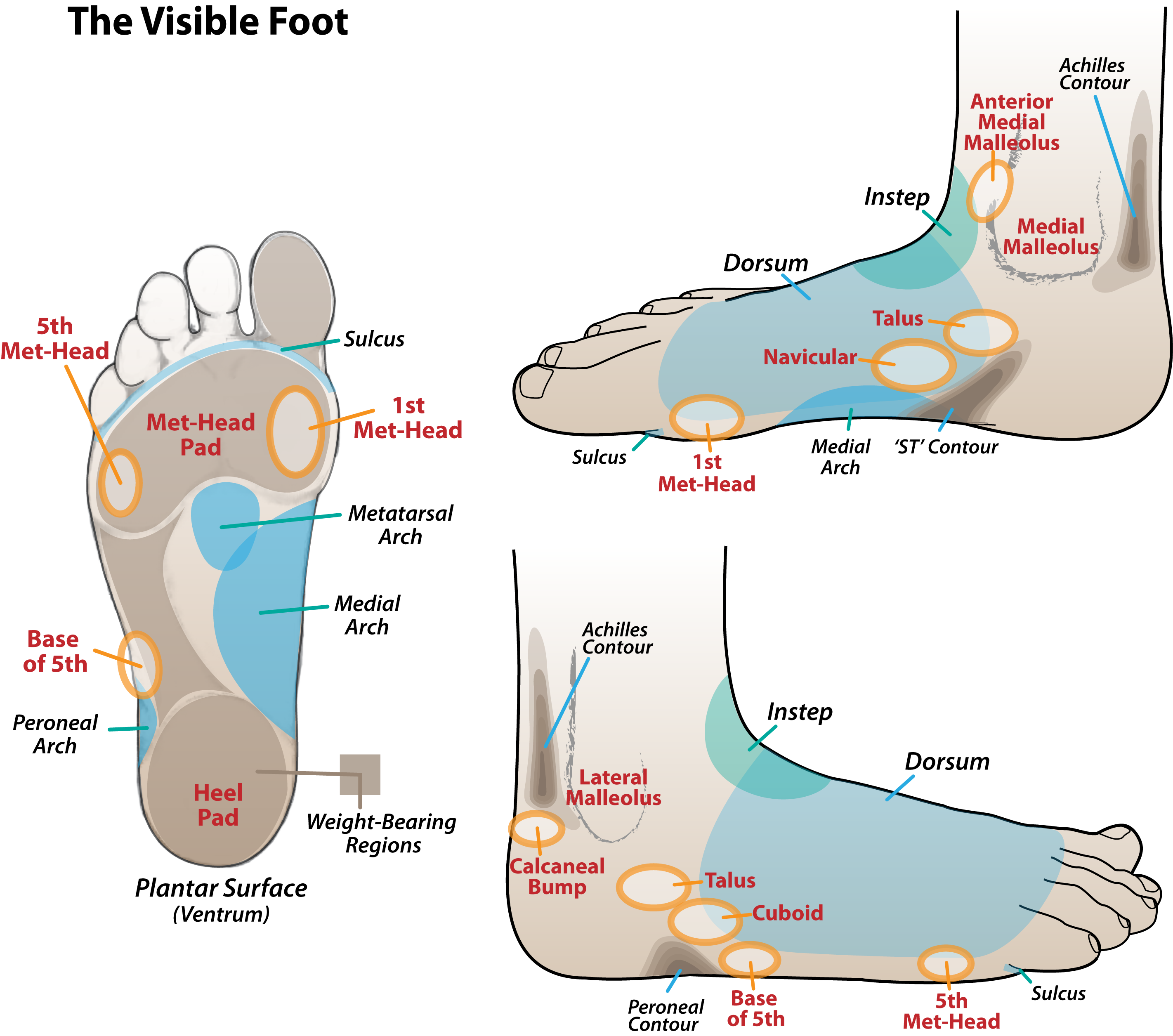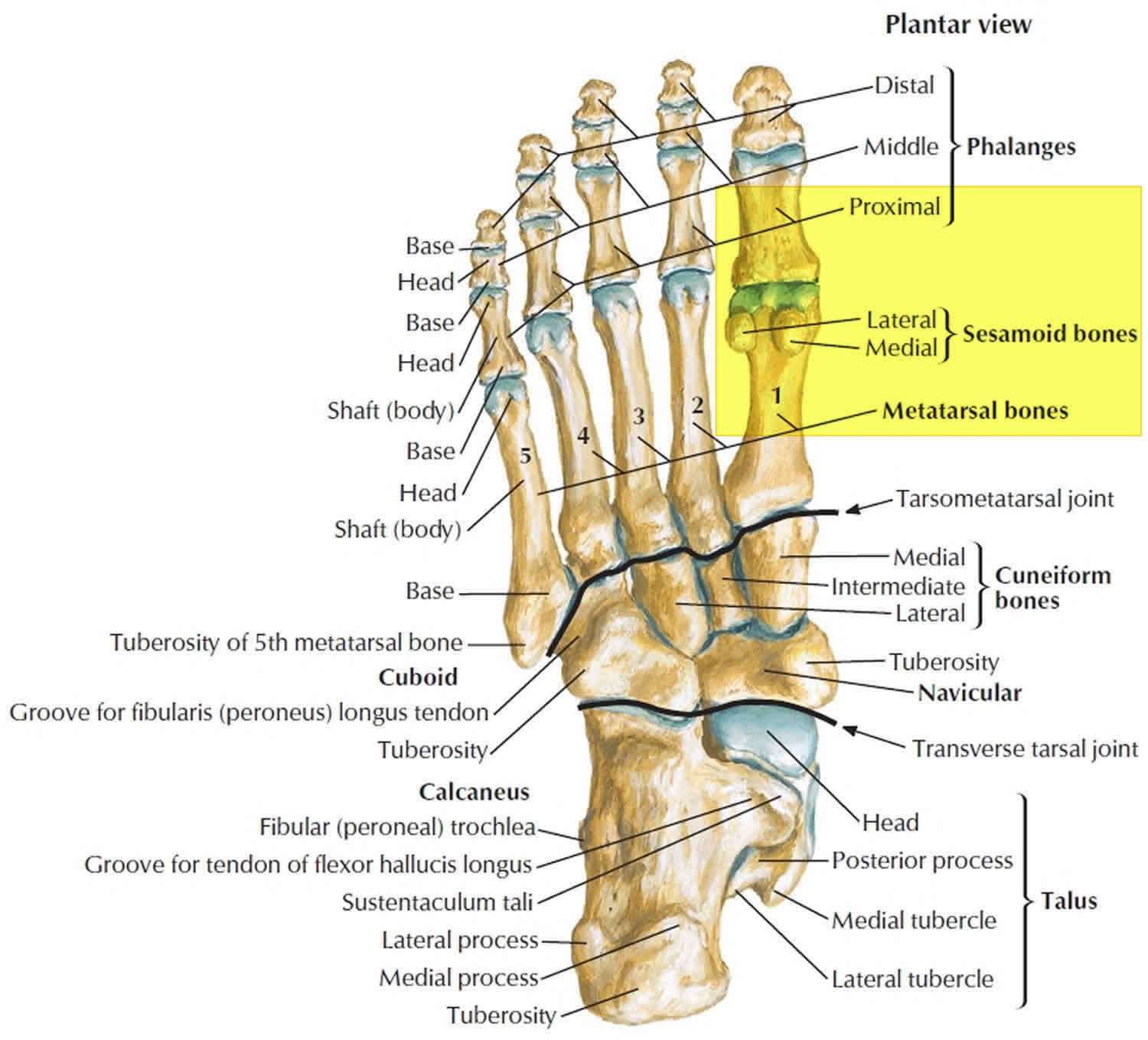
Medial Muscles And Bones Of The Foot Sole Labeled Human Anatomy Diagram Stock Photo Download
The foot is the region of the body distal to the leg that is involved in weight bearing and locomotion. It consists of 28 bones, which can be divided functionally into three groups, referred to as the tarsus, metatarsus and phalanges. The foot is not only complicated in terms of the number and structure of bones, but also in terms of its joints.

Dorsal Foot Art as Applied to Medicine
Last updated 2 Nov 2018 The anatomy of the foot The foot contains a lot of moving parts - 26 bones, 33 joints and over 100 ligaments. The foot is divided into three sections - the forefoot, the midfoot and the hindfoot. The forefoot

Surface Anatomy Of Foot
Anatomy The foot and ankle form a complex system which consists of 28 bones, 33 joints, 112 ligaments, controlled by 13 extrinsic and 21 intrinsic muscles. The foot is subdivided into the rearfoot, midfoot, and forefoot.

Muscle Anatomy Of The Plantar Foot —
Figure 1. Sections and Bones of the Foot A. Lateral (Left) B. Anterior (Right) Figure 2. Compartments of the Foot A. Cut Section through Mid-Foot Figure 3. First Layer of the Foot A. Plantar View of Right Foot Figure 4. Second Layer of the Foot A. Plantar View of Right Foot Figure 5. Third Layer of the Foot A. Plantar View of Right Foot Figure 6.

Foot Basicmedical Key
Foot Anatomy . There are many parts of the foot and all have important jobs. Each foot has 26 bones, over 30 joints, and more than 100 muscles, ligaments, and tendons.. oval-shaped bones beneath the first metatarsal on the underside (plantar surface) of the foot. It is embedded in a tendon at the head of the bone (the part closest to the big.

Understanding the Foot and Ankle 1004 Anatomical Parts & Charts
Surface Anatomy of the Foot Updated: May 27, 2023 In this section Cypress Foot and Ankle specialist Dr. Christopher Correa discusses Surface Anatomy of the foot ankle.

Muscles of the Plantar Surface of the Foot (1st layer) Diagram Quizlet
Foot Definition The foot is a part of vertebrate anatomy which serves the purpose of supporting the animal's weight and allowing for locomotion on land. In humans, the foot is one of the most complex structures in the body.

Cascade Dafo
The upper ankle joint is formed by the inferior surfaces of tibia and fibula, and the superior surface of talus. The lower ankle joint is formed by the talus, calcaneus, and navicular bone. The joint is supported by a set of ankle ligaments: the medial collateral or deltoid ligament, and lateral collateral ligament.

Plantar Surface of the Foot Diagram Quizlet
Foot Anatomy and Biomechanics. base of the 5th metatarsal (lateral band), plantar plate and bases of the five proximal phalanges. plantar support is by the superficial and deep inferior calcaneocuboid ligaments. broad insertion over the lateral aspect of the lateral sesamoid and lateral aspect of the base of the proximal phalanx.

Ankle Anatomy Sport Med School
Introduction A solid understanding of anatomy is essential to effectively diagnose and treat patients with foot and ankle problems. Anatomy is a road map. Most structures in the foot are fairly superficial and can be easily palpated. Anatomical structures (tendons, bones, joints, etc) tend to hurt exactly where they are injured or inflamed.

Foot Description, Drawings, Bones, & Facts Britannica
Structure and Function The ankle or tibiotalar joint constitutes the junction of the lower leg and foot. The osseous components of the ankle joint include the distal tibia, distal fibula, and talus. The distal tibia and fibula together form a recess for the talus.
anatomical landmarks on the dorsum of the left foot showing surface... Download Scientific Diagram
The anatomic structures below the ankle joint comprise the foot, which includes: Hindfoot: The hindfoot is the most posterior aspect of the foot. It is composed of the talus and calcaneus, two of the seven tarsal bones. The talus and calcaneus articulation is referred to as the subtalar joint, which has three facets on each of the talus and.

Anatomy of the Foot and Ankle (Plantar View) TrialExhibits Inc.
The largest bone of the foot, the calcaneus, forms what is commonly referred to as the heel. It slopes upward to meet the tarsal bones, which point downward along with the remaining bones of the.

Foot Anatomy Plantar
The foot is a complex structure comprised of over 26 bones, 30 joints, numerous tendons, ligaments, and muscles responsible for our ability to stand upright, supporting the weight of the entire body and provides the base for the mechanism for bipedal gait. The foot corresponds to the portion of the lower extremity distal to the ankle and divides into hind, mid and forefoot. The articular.

Body Types, Surface Landmarks, and SoftTissue Characteristics Classic Human Anatomy in Motion
The Foot. The foot is an incredibly complex mechanism. Each foot contains 26 bones, 33 joints, and more than a hundred muscles, tendons, and ligaments. These parts work harmoniously to get you from one place to the next. They do it all while handling hundreds of tons of force - your weight in motion - every single day.

Turf toe causes, signs, symptoms, recovery, diagnosis & turf toe treatment
The foot is an intricate part of the body, consisting of 26 bones, 33 joints, 107 ligaments, and 19 muscles. Scientists group the bones of the foot into the phalanges, tarsal bones, and.